|
By: Javayria Mudassar
Many of us have probably grown up using shampoo for a variety of reasons. The most obvious reason is that it keeps our hair clean, grease-free, and shiny. Every year, the number of companies that are branded as ‘sustainable’ cosmetics increase tremendously, whether that be for cruelty-free products or natural moisturizers. However, many fail to take in two extremely important factors: how it affects the environment after product use and the packaging it comes in.
7 Comments
By: Kay Kim
Sunscreens help protect our skin from harmful UV rays; by using sunscreen, we reduce the risk of sunburns, skin cancer, and ageing. However, these amazing inventions used to protect ourselves can potentially harm us. Most sunscreens contain oxybenzone which is a harmful chemical known to destroy our ecosystem. Currently, there are more than 3500 skincare products that contain oxybenzone itself. That’s not all, other harmful chemicals such as OD-PABA, nano-Titanium dioxide, nano-Zinc oxide, Benzophenone-8, Benzophenone-1, Octinoxate, and Octocrylene can be found in some sunscreens. When people shower or swim while wearing sunscreen, the chemicals in sunscreen become exposed to the environment and contaminate our waters. By: Akilah De Souza
The year is 2021, and a growing number of people are looking for ways to reduce their carbon footprint. Many of them are turning to veganism, but why? What is the correlation between veganism and a reduced carbon footprint? For starters, a vegan diet has been linked to the reduction of deforestation and lower greenhouse gas emissions. By: Kai McLaughlin
In late 2019, Jane Fonda was an award-winning actress and activist living in Los Angeles surrounded by the spoils of her years of work in the film and television industry. She was also paralyzed by fear of the broad-ranging effects of climate change, and as a seasoned activist who protested the Vietnam War, she wanted to do something but found herself at a loss. Despite her connections and resources, the problem was enormous and multi-faceted, so what could she do? In her newest book What Can I Do? My Path from Climate Despair to Action, Jane takes the reader along with her on her journey to figure out exactly what she could do; specifically, how she used her experience as an activist, her drive, her resources, and her connections to take action on climate change when so many seemed resigned to apathy. By: Sabrina Yang, Paleesa Kapoor, Kevin Lau, Shraddha Subash & Dorismar Cuevas
How do you think climate change is fueling the especially severe polar vortex in the South and Midwest? By: Jessica Martin
Wrapping presents is a tradition that has become a standard part of gift-giving. It is an action that many people who celebrate holidays don’t think twice about. But we should consider how something as seemingly simple as wrapping paper can have a negative impact on the environment. If every American family wrapped three presents in traditional wrapping paper, it would be enough paper to cover 45,000 football fields. Estimates conclude that about 2.3 million pounds of wrapping paper end up in landfills every year in the United States alone. By: Manya Gupta
As our population grows, so does our demand for resources. We need jobs, food, housing… you name it! Millions of people are without these basic necessities every day. Some argue that urbanization, the building of infrastructure, cities, and telecommunication systems are the keys to solving this issue. After all, we have already seen its benefits today. But what implications does urbanization have on our environment? By: Amaan Rather, Roxanne Riebel, Sabrina Yang, Anshika Ojha, Julia Nguyen & Rachael Willis
What are some environmental policies that Joe Biden should implement over his next four years as president? What is the effect of these policies and how will future presidents take precedent? By: Julia Nguyen, Amaan Rather & Shraddha Subash
What are some individual actions we can take in our everyday lives to mitigate our carbon footprints? By: Manya Gupta
Hurricanes have been some of the worst natural disasters in history, and unfortunately, they’re only becoming worse. Due to climate change, we are seeing an unprecedented change in the severity of hurricanes. |
TUGIWelcome to Seeds for Thought, the TUGI Blog where we will be highlighting incredible stories of environmental activists and change makers, environmental news, and tips to living a more green and sustainable lifestyle. If you are interested in learning more about what we are doing on a monthly basis, subscribe to our TUGI Newsletter. Archives
May 2021
Categories |
TUGI
|
|

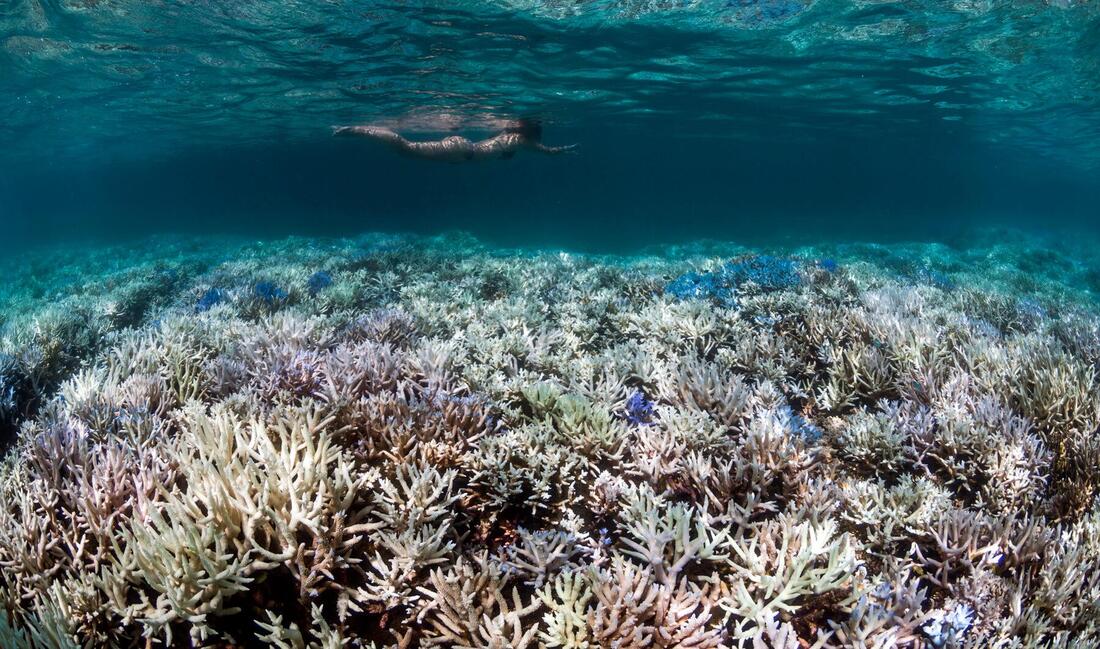


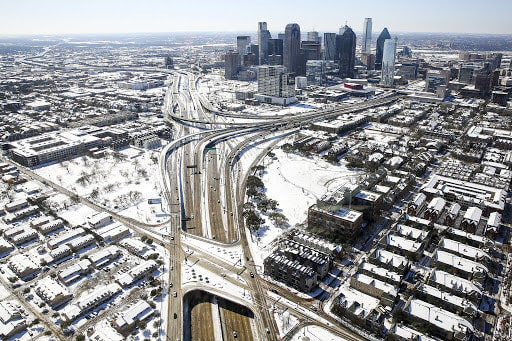

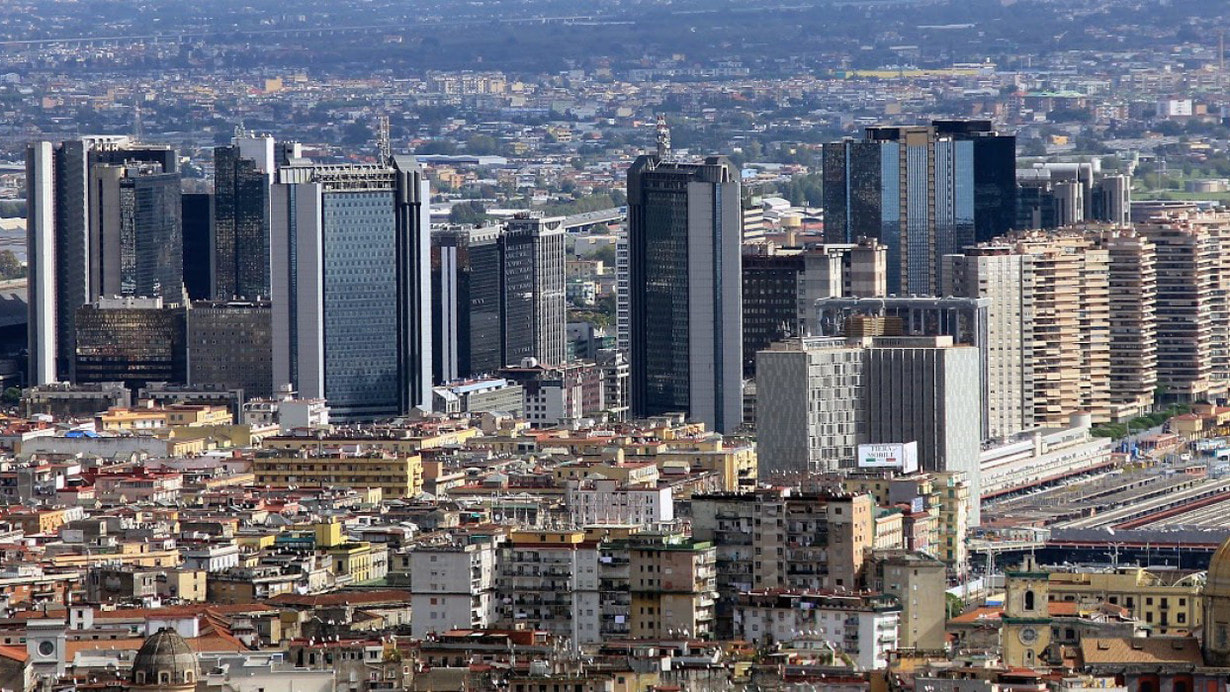

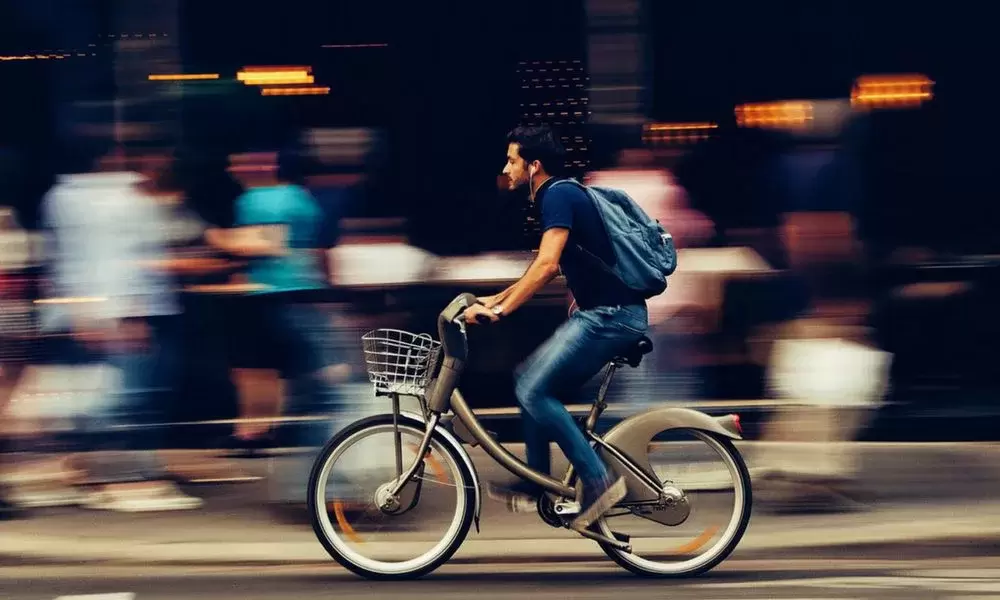
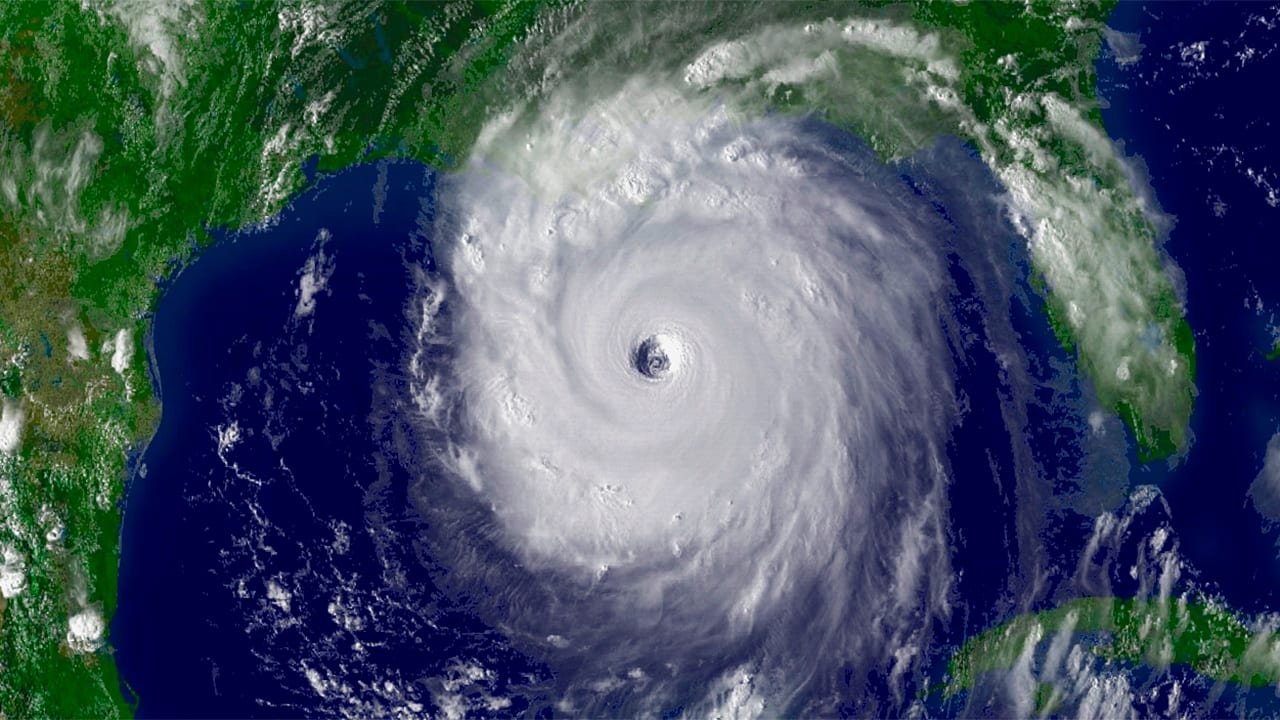
 RSS Feed
RSS Feed
